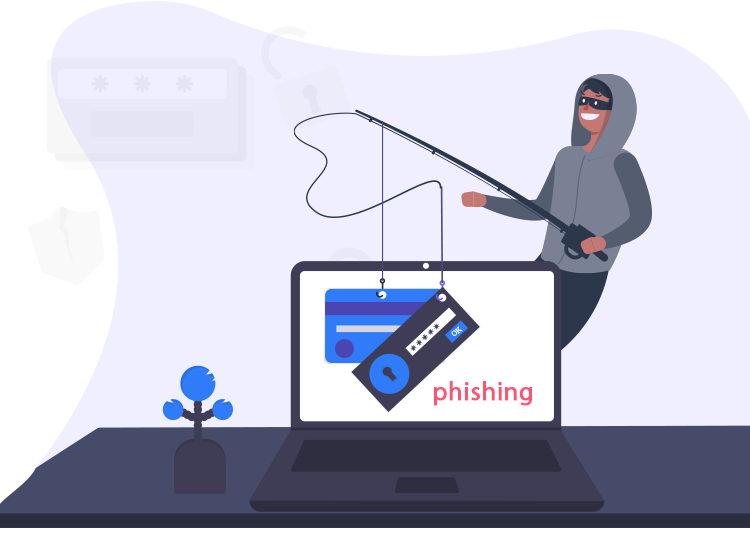
Phishing attacks are a permanent source of income for hackers. Also, internet users seem to be still vulnerable to this method of stealing money.
Read on to learn how to avoid becoming a victim of such attacks.
What are phishing attacks?
Phishing attacks are scams which try to trick users into revealing their sensitive data. In order to do this, attackers send emails that seem to come from trusted banks. The emails include links that lead users to malicious pages.
So, cyber attackers request users to insert their banking credentials. The reason they make up is that users should secure their accounts against… attacks. Therfore, they might pretend that users need to renew their passwords, for instance.
But as mentioned above, the landingpage is a false one. It allows hackers collect the sensitive data. After getting it, villains empty victims’ accounts in no time.
Usually, hackers try to make their messages and the landing pages look like the ones of a legitimate bank.
Using this method, they managed to phish, only in the US, over 800,000 people in 2022. According to the International Association of Financial Crimes Investigators, this resulted in financial losses of over $10 billion.
Learn how to keep phishing away
There are different types of phishing:
- Spear phishing.
- Whaling.
- Smishing
- Vishing
- Email phishing
- Search engine phishing
We will explain each of them in future articles. But no matter the type of phishing, here are some warning signs:
- Urgent tones.
- Poor grammar and misspellings.
- Threats of financial repercussions if you do not follow the steps attackers mention.
- Poor replication of the legitimate logos.
So, whenever you discover one or more of these signs, access the bank’s official website. Search for the information and directly ask its representatives about the information you reecived.
Thus, you will keep you sensitive information safe and never loose money, online. Here is a detailed list of the things to do, in order to avoid these scams.


3 Comments